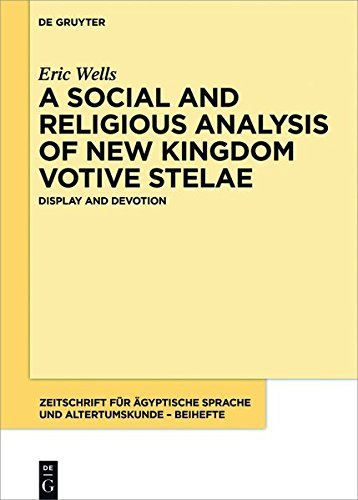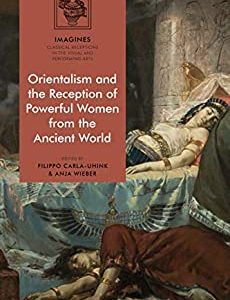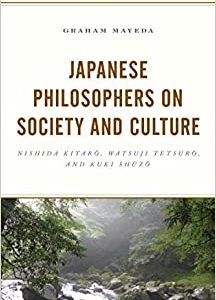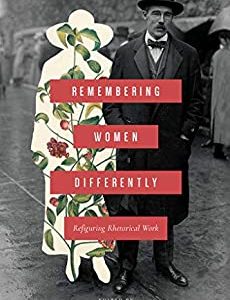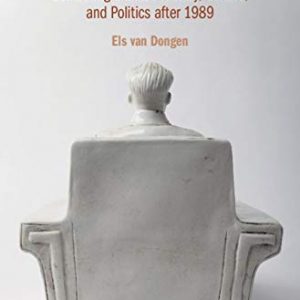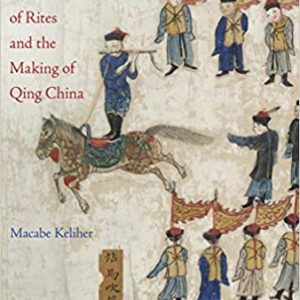Religious practice in ancient Egypt is often studied from two distinct and separate perspectives: temple-based religious practice, and so-called personal piety, or popular religion. This characterization of ancient Egyptian religion is the direct result of objects and texts being studied in isolation, with little attention paid to the objects temporal, geographic, or religious context. However, by studying religious material from a single site as a corpus, in this case Ramesside Asyut, it is possible to demonstrate that individuals from all levels of society—including women and children—actively participated in formal Egyptian religious practices and displayed their belief in a personal connection to the gods. This contradicts and complicates the perception that belief in a personal connection to the divine was an elite phenomenon in ancient Egypt. Furthermore, this study shows how all members of ancient Egyptian society coopted religious practice as the premiere venue to engage in competitive displays of religious knowledge, social rank, and economic capital.
-65%
EBOOK PDF
A Social and Religious Analysis of New Kingdom Votive Stelae: Display and Devotion (Zeitschrift für ägyptische Sprache und Altertumskunde – Beiheft)
$119.99 $42.00
Please note this is an Ebook, not a Paperback Or Audio Book!
SKU: B01N8W0XNU
Category: History

